
Environmental conditions that exist when forages are ready to be harvested influences the amount of hours that it takes to get to a safe baling moisture.

Environmental conditions that exist when forages are ready to be harvested influences the amount of hours that it takes to get to a safe baling moisture.
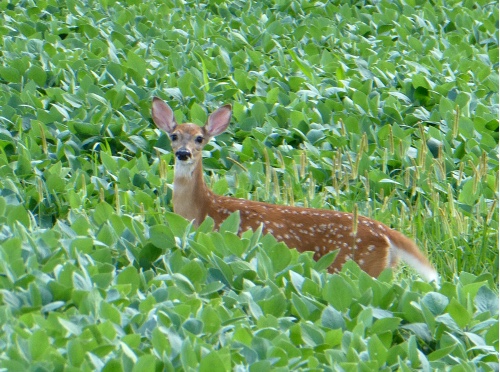
White-tailed deer (Odocoileus virginianus) are among the common mammal pests of field corn in Indiana.

The “notched leaf edge” symptom in corn is a curious genetic leaf “disorder” that appears in certain hybrid families during periods of rapid development.
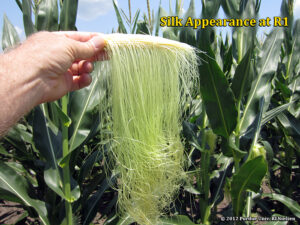
The grain fill period begins with successful pollination and initiation of kernel development, and ends approximately 60 days later when the kernels are physiologically mature. During grain fill, the developing kernels are the primary sink for concurrent photosynthate produced by the corn plant. What this means is that the photosynthate demands of the developing kernels will take precedence over that of much of the rest of the plant.
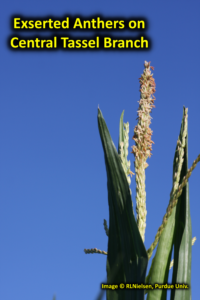
Field corn in Indiana typically enters the critical flowering stages of pollen shed and silk emergence sometime between late June to late July. Success or failure during this period of the corn plant’s life greatly influences the potential grain yield at harvest time.
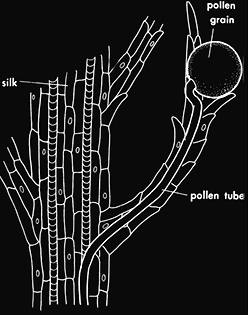
The silks that emerge from the ear shoot are the functional stigmas of the female flowers of a corn plant. Each silk connects to an individual ovule (potential kernel). A given silk must be pollinated in order for the ovule to be fertilized and develop into a kernel. Up to 1000 ovules typically form per ear, even though typically only 400 to 600 actual kernels per ear survive until harvest.
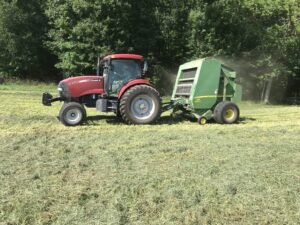
Managing forages for hay production requires much skill. Excellent hay producers understand that yield, quality and persistence are key for a perennial forage production system to be successful.
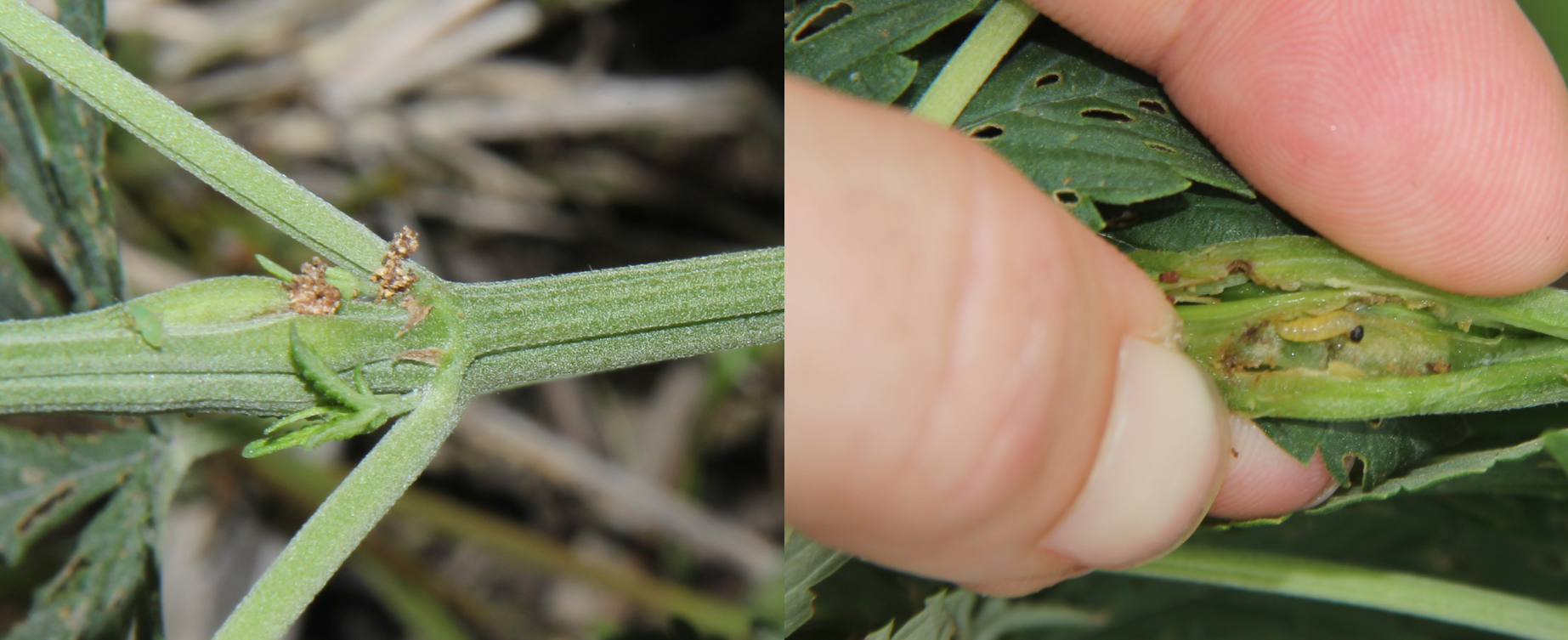
The majority of hemp is in the ground and growers are now actively managing their plants.
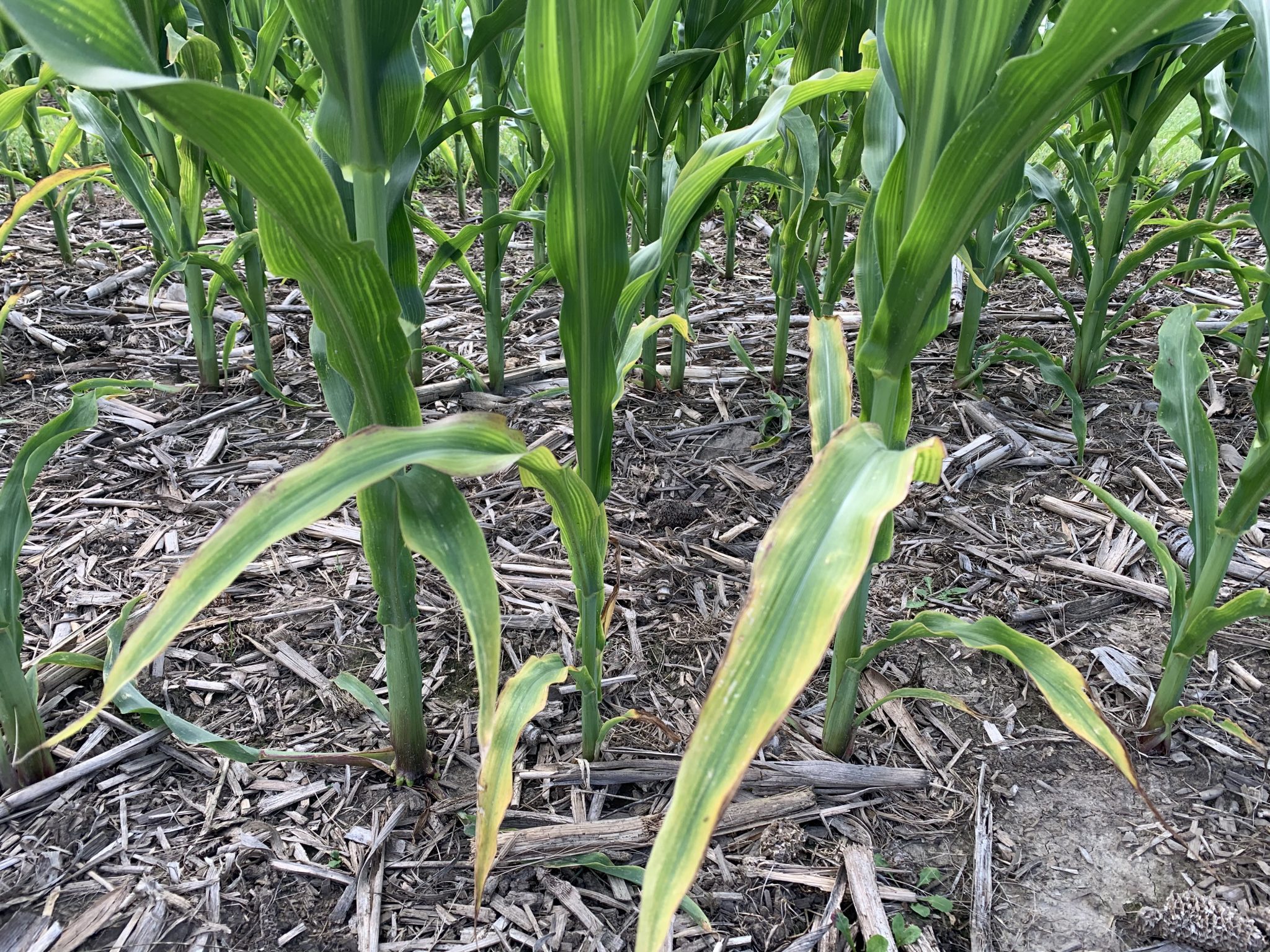
Low soil moisture and compaction slow crop uptake of potassium (K), often resulting in K deficiency.
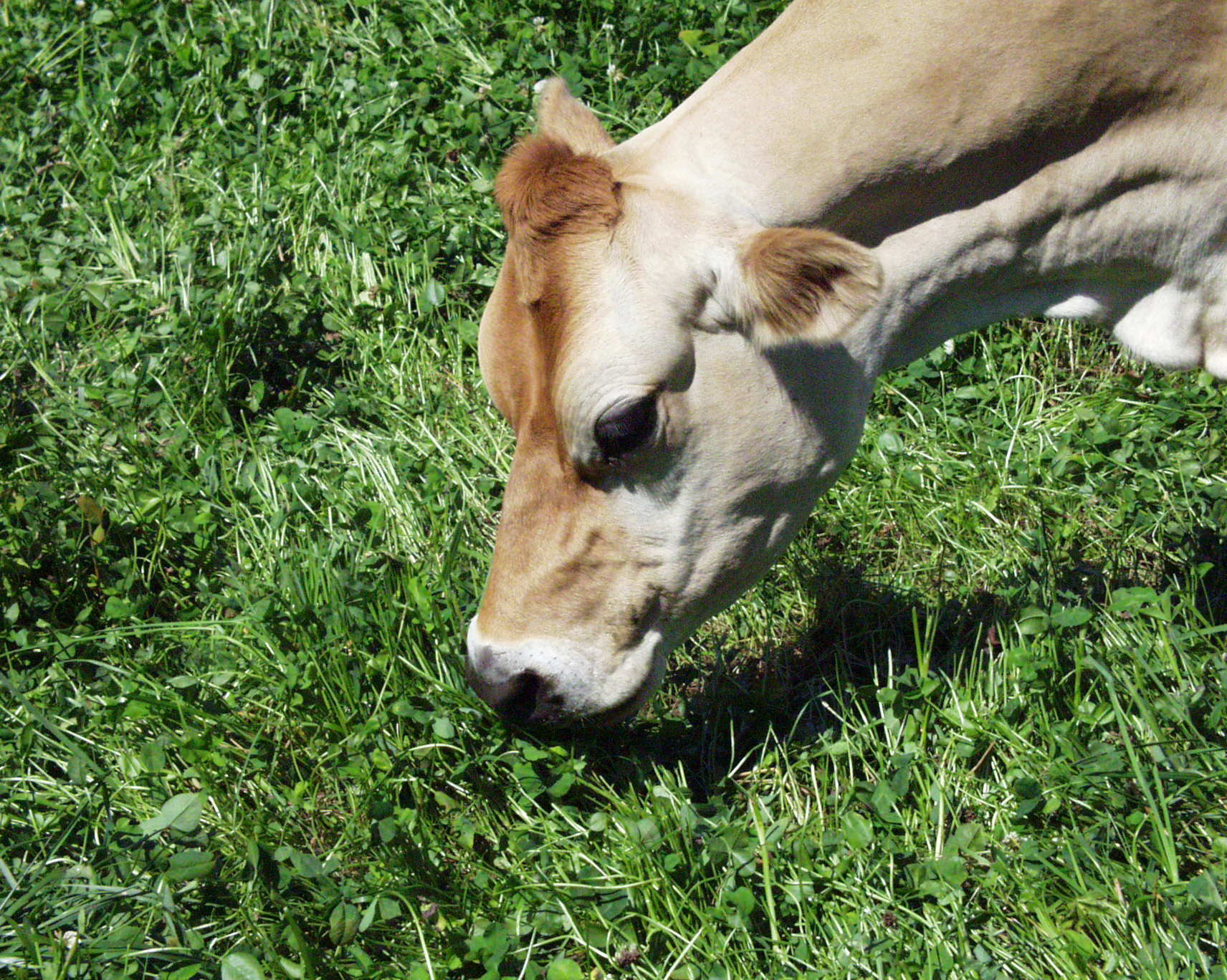
Managing pasture properly requires much skill, just like any agronomic crop.
© 2025 Purdue University | An equal access/equal opportunity university | Copyright Complaints | Maintained by Pest&Crop newsletter
If you have trouble accessing this page because of a disability, please contact Pest&Crop newsletter at luck@purdue.edu.